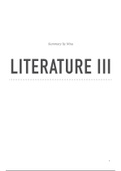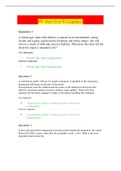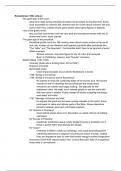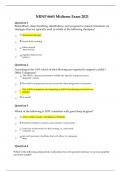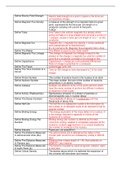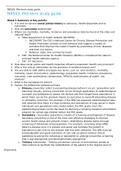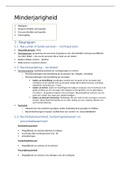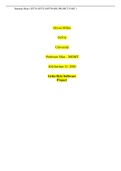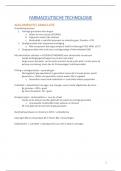Samenvatting
Literature III Summary
- Vak
- Literature III
- Instelling
- Hogeschool Utrecht (HU)
This is a summary for the course Literature 3 at Hogeschool Utrecht (HU). It includes the most important information from every time period discussed in the course. It also includes some important vocabulary. Although this summary was written specifically for this course, it is also a great summary...
[Meer zien]
